
A big highlight of the 2009 Electronic Entertainment Expo was being able to check out SEGA/Rebellion’s upcoming Aliens Vs Predator. After all, Rebellion scared the bejeezus out of us when we were younger with their first AvP title and brought a healthy dose of action to the scares with its sequel. This, their third entry into the series looks to be an extremely intense roller-coaster ride.
We hiked to SEGA’s meeting room at the convention center and checked in at the press desk. We would like to thank their Senior PR Manager, Tali Fischer, who got us all squared away and into the proper queue to see the game up-close… (cont.)
(cont.) When it was our turn to see the demo, we were led into the small, dark room where we met some of the game’s development team including Tim Jones, the head of art & design on the project, and Paul Mackman, the game’s producer.
They introduced the game and began presenting the demo which featured the colonial marines’ side of the conflict. Set thirty years after the events of Alien 3, the colonial marines have been sent to yet another United Systems’ colony where xenomorphs have taken over.
The first level we were shown was bereft of xenomorphs but did feature claustrophobic hallways and a lot of acid burns through floor and ceiling grates. It resembled the colony on LV-426 from Aliens in art design had was very richly detailed. A big focus was placed on telling us about their in-house Asura game engine and its ability to render real-time shadows. A marine throwing a flare behind a stairwell gave way to a beautiful array of light and shadow. Even the marine character’s flashlight yielded realistic, real-time shadows from the surrounding environment.
The HUD for the marine character is very spartan, leaving the player with more room to enjoy the brilliant visuals. To the lower left corner of the screen is the player’s motion detector with its constant sonar-like pinging of the area. To the bottom right is the player’s weapon info (ammo count, etc).
In another level, we were shown the marines setting up sentry turrets and locking down an area of the colony, to lick their wounds we imagine – they all looked pretty messed up. After the marine character spoke to some of his fellow brothers (and sisters) in arms, they were under siege by xenomorphs. Eventually, the xenomorphs managed to cut the power to the locked-down area and breach the perimeter. What followed was a very intense firefight with a few scattered xenomorphs. One fellow marine was even pulled up through the ceiling by one of the alien creatures to his inevitable death (or impregnation).

The xenomorphs move a lot more fluidly than in the last two entries of the series. Their design looks based on those of the creatures in Aliens (which we found to be the most appealing even over the design of the original Alien) and seeing their carapaces crawling across the walls and ceiling is very unnerving.
Eventually the marine character had to evac the locked-down area and move into one of the entrance tunnels which was under-guard by a sentry turret and a make-shift barricade. Aliens began swarming toward the marine, eventually overwhelming even the turret. Thankfully, the developers spared us a horrific death and ended the demo at that time.
One cool gameplay element we saw was that xenomorphs can jump onto the marine character and begin their ‘inner-jaw penetrating your skull in a grotesque fashion’ sequence seen in the film series. While they were still working on the control system for this, the marine character could kick the xenomorph off and onto the ground in front of him (or her) allowing the marine time to blast it with their upgraded M41 pulse rifle.
Yes, being 30 years since Alien 3, the United Systems Colonial Marines have definitely upgraded their equipment. Their armor is a bit more futuristic in design and their weapons also look slightly modified. How much of this is due to the events of Aliens is unknown as is if the United Systems had covered the event up to the colonial marines, leaving them again unawares. Whatever the case, I am sure the evil Weyland-Yutani corporation will fit into the story somehow.
While no confirmed date was revealed to the GamingShogun and his intrepid crew, an early 2010 release seems probable for the PC, Xbox 360, and Playstation 3 platforms.






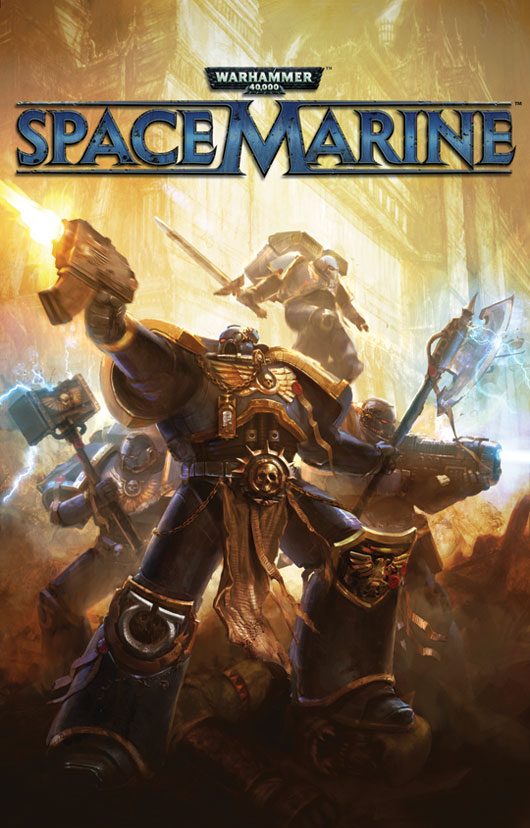


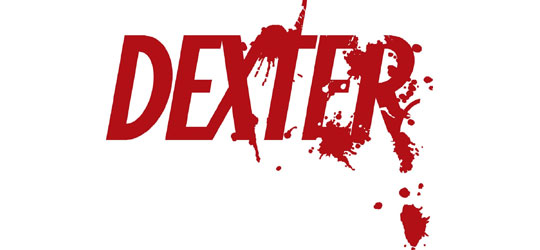


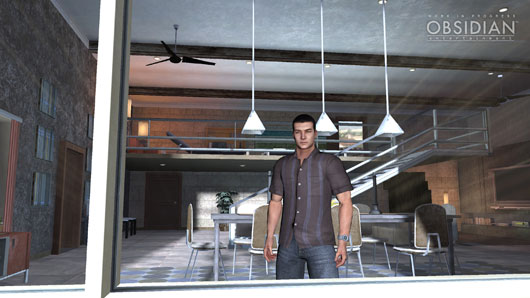
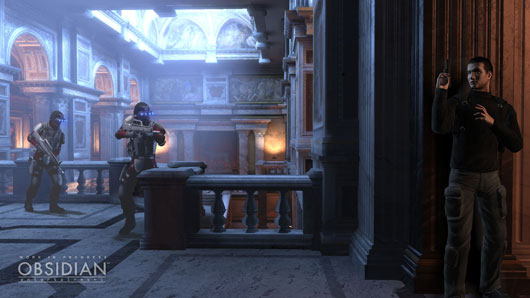

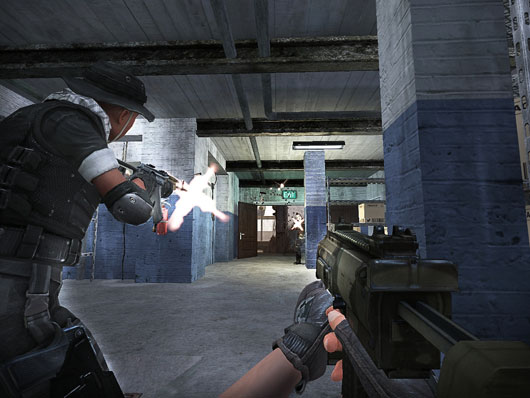
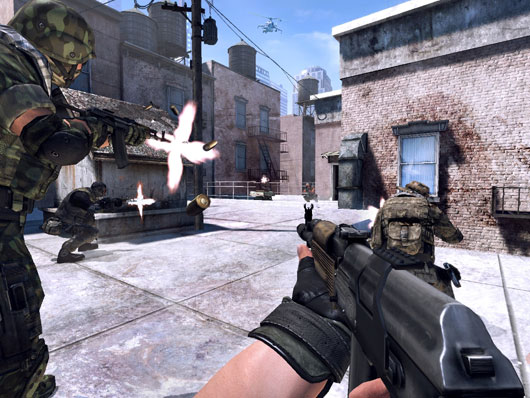

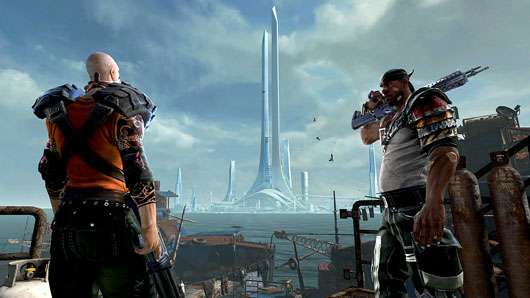

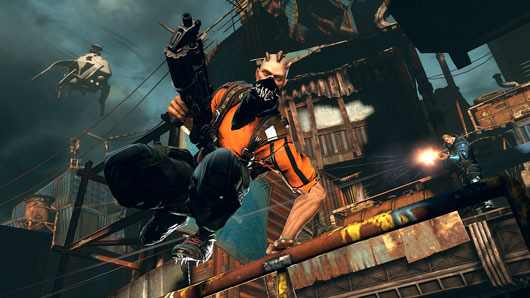
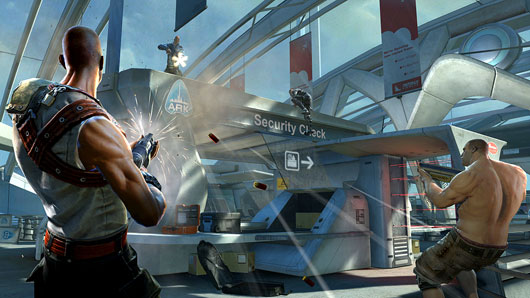
 At 2:55pm, tune-in to our coverage of Konami’s E3 2009 press conference courtesy of CoverItLive. This will be our second usage of the live blog system and we hope you enjoy the streaming coverage of the event. Also, feel free to post questions to the reporter on-hand during the show.
At 2:55pm, tune-in to our coverage of Konami’s E3 2009 press conference courtesy of CoverItLive. This will be our second usage of the live blog system and we hope you enjoy the streaming coverage of the event. Also, feel free to post questions to the reporter on-hand during the show.